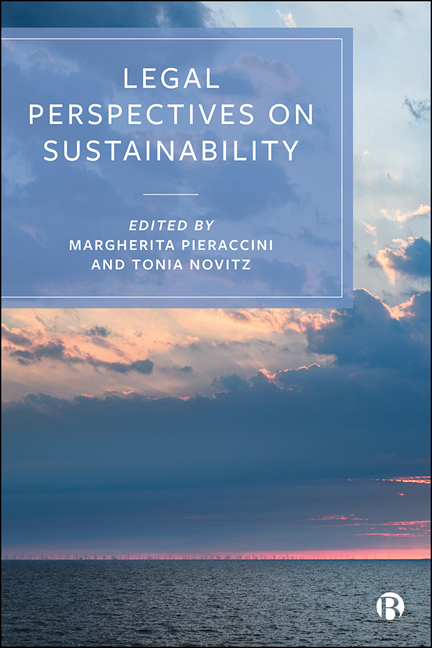5 - The International Trade Regime and SDG 2: Reforming Agricultural Markets for Food Security
Published online by Cambridge University Press: 03 March 2021
Summary
Introduction
The political economy of agriculture is complex, and reforming the rules on agricultural trade has been a point of contention among states for decades. Agricultural markets have evolved significantly since the beginning of the 21st century, and as global demand for agricultural commodities has grown, international trade expanded (FAO, 2018:20). In the period 2000– 15 agricultural trade volumes have tripled from $550 billion to $1.8 trillion, with a growing volume of commodities destined for emerging economies like China and India (Schleifer & Sun, 2018). Historically, the agricultural trade rules have been shaped by the protectionist normative preferences of the United States (US) and the European Union (EU) (McCalla, 1969; Clark et al, 2000), but there are now many state and non-state actors shaping and contesting the normative frameworks through which agricultural trade is liberalised (Thies, 2011; Smith, 2015; Scott, 2017).
In the World Trade Organization (WTO), and its predecessor the General Agreement on Tariffs and Trade (the GATT), agriculture has been conceptualised as an exceptional sector. There was a shared consensus among states in the GATT era (1947– 94) that agriculture should be treated differently under the international trading rules, in part because of its ‘multifunctionality’ (Minju and Lee, 2017: 172). Multifunctionality finds its origins in forestry policies of the 1950s and it was later adopted as a concept for sustainable agricultural governance, most notably in the 1997 Luxembourg European Council (Brouwer, 2004). There is no single definition of the concept of multifunctionality but it generally characterises the trade and non-trade concerns of agricultural production and consumption (OECD, 2008: 19). In WTO terms, multifunctionality refers to the ‘idea that agriculture has many functions in addition to producing food and fibre [such as] environmental protection, landscape preservation, rural employment [and] food security’ (WTO Glossary, 2019).
Food security is a multidimensional concept, and for the purposes of WTO law it is classified as a ‘non-trade concern’. Nevertheless, there is a close relationship between food security and the modes of production and availability of food, both of which are governed by international trade rules. Food security exists where ‘all people at all times have physical, social and economic access to sufficient, safe and nutritious food that meets their dietary needs and food preferences for an active and healthy life’ (FAO, 2003).
- Type
- Chapter
- Information
- Legal Perspectives on Sustainability , pp. 127 - 158Publisher: Bristol University PressPrint publication year: 2020

